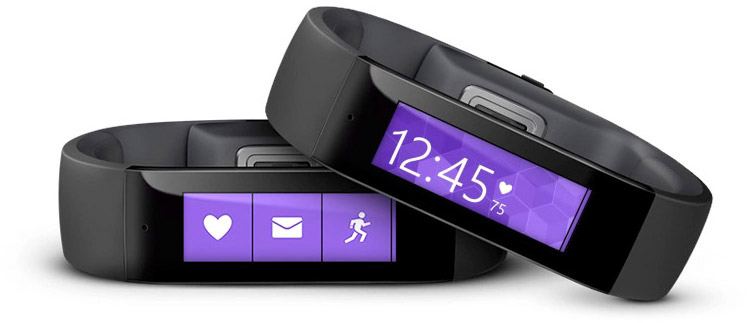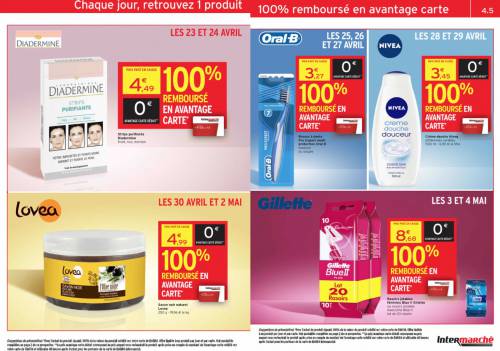Samedi, j'ai rendu visite à mon ancien adhérent Intermarché Stéphane Sinopoli qui ouvrait son nouvel Intermarché à Clichy, en proche banlieue parisienne. Je ne serai pas le premier blogueur à faire une visite guidée du magasin p
Je partage sa même vision sur la recherche d'excellence merchandising. Ici quelques photos.
Les meubles froids sont équipés de rabateurs pour les produits tel que le jambon, afin de sécuriser un visuel toujours propre pour le consommateur. Par ailleurs, le magasin a des linéaires très peu profond, qui permet d'être en phase avec le traffic moindre d'un gros hypermarché, mais aussi de pouvoir gagner de la taille sur une petite surface, et donc d'avoir plus de références in fine.
Dans ce magasin, les meubles froids sont aussi en meuble fermé. Bien évidemment, le snacking en milieu urbain est mis au début du circuit shopper.
L'Intermarché est idéalment situé, proche du marché et de la mairie, ce qui lui permet d'avoir une forte fréquentation.
Un petit détail: Le Champagne est dans un meuble frais, pour que le consommateur puisse proposer du Champagne frais lors des courses de dernières minutes avant d'aller dîner.
Mise en avant qualitative du fruits et légumes, en début de magasin, pour montrer la qualité des produits frais du point de vente.
Le meuble à olive, spécialement designé pour le magasin.
Le meuble à fromage est très quali, avec ses paniers en osier coupés. Bien que le magasin n'est pas de stand, ce soucis du détail dans la présentation fait son effet.
La aussi, je trouve la très bonne idée: Les jus de fruits frais sont à côté des jus de fruits ambiants. En effet, comment justifié pour le consommateur que les deux gammes soient séparés? De plus, sur une petite surface, cela permet de donner de la cohérence, et le produit est pour moi plus facile à trouver.
Idem pour le lait frais avec le lait UHT.
Beaucoup de travail sur le mobilier a été réalisé, notamment en mettant en avant les familles clés via des meubles retro éclairés. C'est le cas de la beauté, souvent stratégique en proximité, comme le rayon alcool.
Cette affiche démontre bien la volonté d'excellence affichée par le magasin.
Les têtes de gondoles sont réservées aux espaces premium de chaque rayon. La aussi, avec des meubles rétro éclairés, et une mise en avant qualitative. En effet, sur un format de proximité, la promotion ne peut être un facteur majeur de traffic, aussi, le magasin met en avant la qualité de l'offre.
Voici une autre initiative de cross merchandising, avec le fromage ambiant entre 2 meubles de frais. Il existe énormément de ces renfoncements designés pour permettre de mettre en avant des éléments de cross merchandising. Notamment, des produits secs proches de produits frais.










































